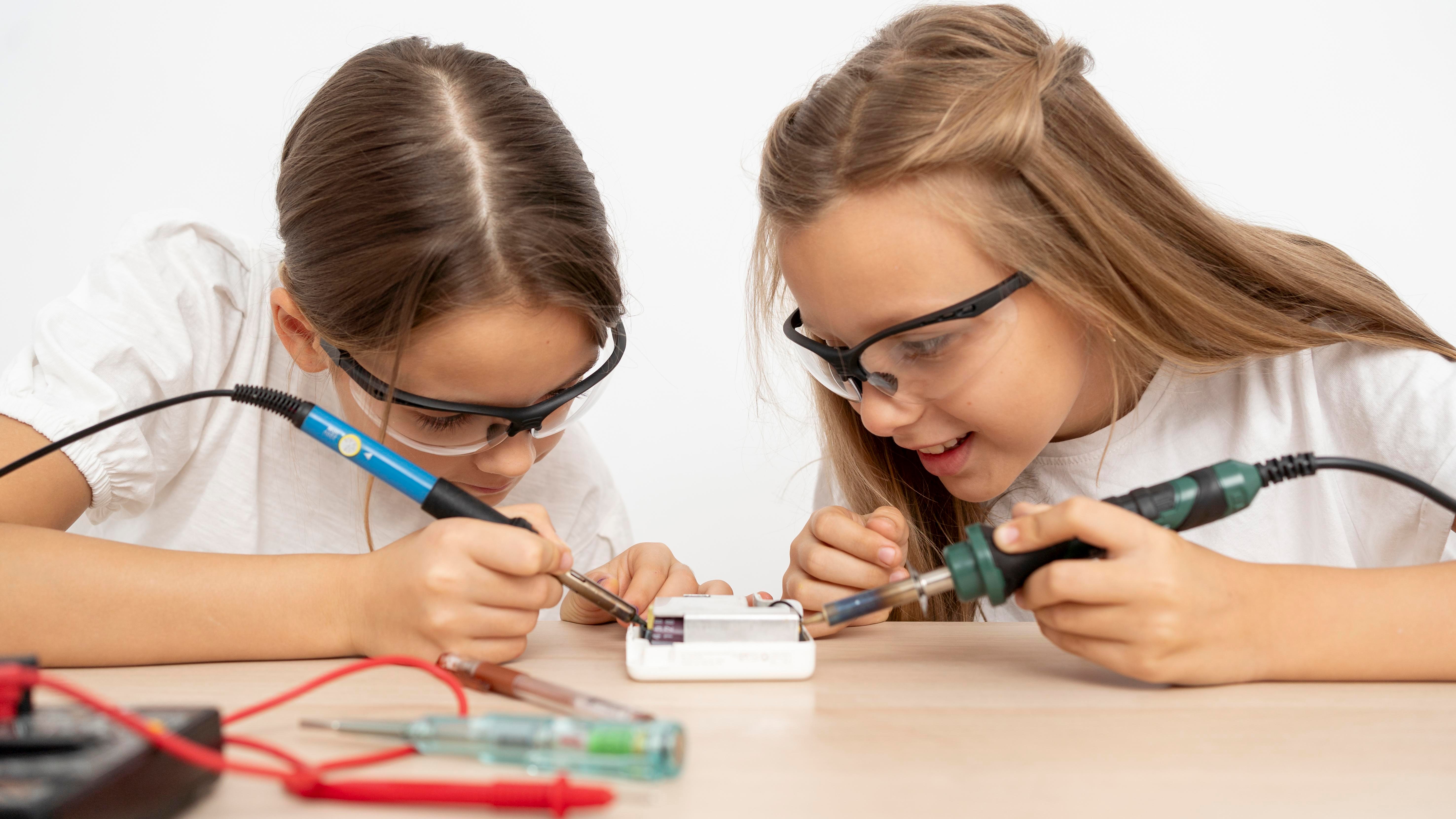By Ellie Gabel

Welding remains a vital industry, crucial in everything from construction to manufacturing. It’s a field that has continually evolved, adapting to technological advancements. Recently, there’s been a significant shift towards incorporating robotics and automation in welding processes.
This shift is transforming the very nature of welding work. As a result, there’s an urgent need to prepare the next generation of welders. They must possess new skills and knowledge to excel in an environment where robotics and automation play a crucial role. This preparation maintains industry standards and ensures continuous innovation in this critical field.
The Evolution of Welding
Welding has undergone a remarkable transformation since its inception. Initially, it was all about manual labor with essential tools. Over time, the introduction of electric arc welding in the late 19th century revolutionized the industry. Innovations like MIG and TIG welding followed, which offered more control and versatility.
The sector is entering an era with robotics and automation at the forefront. It’s a giant leap for the welding industry. Robotics and automation bring unparalleled efficiency, reducing the time to complete tasks and increasing output.
Precision is another significant advantage. Automated systems deliver consistent, high-quality welds with minimal error. However, the most important benefit is safety. Automation reduces the risk of injuries by minimizing direct human involvement in dangerous tasks.
Adapting Educational Curriculums for Future Needs
Current welding education primarily focuses on traditional methods and fundamental tools, like understanding the use of welding magnets for setting up and holding metal pieces and mastering the different types of welding wires for various welding processes. However, there are noticeable gaps, especially regarding integrating modern technologies.
Firstly, there’s a lack of emphasis on robotics and automation. As these technologies become increasingly prevalent in the industry, training programs must include them. This integration is about using these tools and understanding their impact on welding.
Potential updates to the curriculum should include:
Software literacy: As welding equipment becomes more sophisticated, proficiency in software that controls and monitors these systems is crucial. It includes understanding programming languages and software used in automated welding.Machine operation: Hands-on training with robotic welding machines is necessary. It goes beyond traditional welding skills, encompassing how to set up, operate and troubleshoot these advanced machines.
Maintenance skills: With the introduction of high-tech equipment, welders must learn maintenance skills specific to robotics and automated systems. It includes routine checks, diagnosing issues and performing basic repairs.
By addressing these gaps, welding education can stay aligned with industry trends, ensuring new welders are skilled in conventional welding and adept in the latest technological advancements.
Industry and Academic Collaborations
Partnerships between educational institutions and the welding industry are paramount, especially when considering the projected demand in the field. Experts estimate the industry will require 360,000 welding professionals by 2027.
This staggering number highlights the urgent need for a workforce that is large, skilled and up-to-date with current industry standards. Collaborations between educational bodies and industry leaders can bridge this gap. Such partnerships ensure the curriculum aligns with real-world requirements, providing students with the relevant skills and knowledge needed in the modern welding landscape.
These collaborations can take various forms to maximize benefits. Internships offer students hands-on experience and a taste of the actual working environment. They can apply theoretical knowledge in real-world scenarios, gaining invaluable insights and skills.
Joint projects are another excellent avenue where educators can bring industry challenges to the classroom, allowing students to work on practical solutions while still in their learning phase. These interactions prepare students for future roles and enable industries to invest directly in and shape their future workforce, ensuring a steady pipeline of qualified professionals ready to meet the evolving demands of the welding industry.
Preparing Instructors for a New Era in Welding
The shift towards robotics and automation in welding demands that instructors adapt and update their skill sets to teach these new technologies effectively. To meet this need, a combination of workshops, certifications and direct industry training can be highly effective.
Workshops from experts in the field provide a hands-on learning experience, allowing educators to stay abreast of the latest technological advancements. Similarly, certifications in specialized areas of robotics and automation enhance their knowledge and add credibility to their teaching.
Additionally, direct industry training gives educators a real-world perspective on how these technologies apply to the industry. This multi-faceted approach ensures that educators are well-equipped to train the next generation of welders in these advanced technologies, maintaining the relevance and quality of welding education.
The Progressive Future of Welding Education
Educational entities have a golden opportunity to lead the way in the evolving landscape of welding education. Taking proactive steps towards integrating advanced technologies into their curriculums can prepare a new generation of welders who are skilled, adaptable and ready for the challenges of a modernized industry.
Embracing these changes keeps education relevant and promises a future where welding professionals are more capable, industries are more innovative and welding continues to be a vital, dynamic force in the global economy.
LEARN MORE ABOUT ROBOTICS
Check our catalog and discover different solutions that will prepare the new generation of welders for education.

